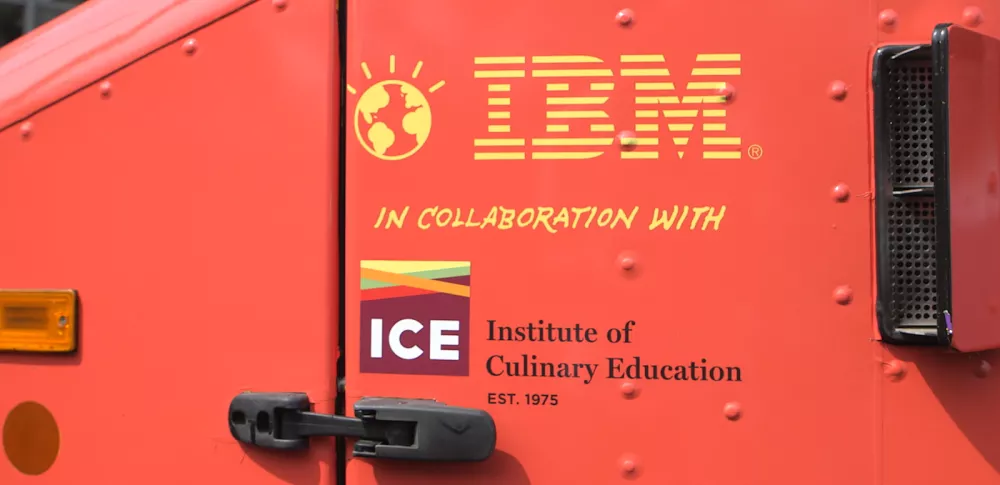Anytime you set out to do something that has never been done before, you can expect some people to react with confusion and fear. Especially if that involves messing with something that people have deep and personal opinions about, like food.
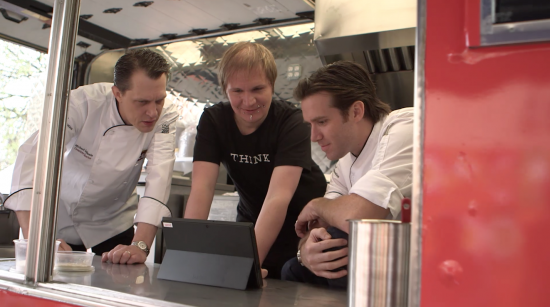
JB: To say the least, when first introduced to the concept of a computer creating their meal, it isn’t uncommon for people to be skeptical. The fear, confusion and excitement all hinges on one critical word: recipe. In our process, neither the chef nor Watson is exclusively responsible for creating the recipe for a particular dish. It begins with the chef's input, who determines what he or she wants to create.
Using the cognitive cooking system to input parameters for the dish (such as cuisine type and a key ingredient), Watson sifts through the quintillions of possible ingredient combinations, selecting the best options in terms of the novelty and pleasantness of the pairings. It is then up to chef to sift through that list and select the set of ingredients that looks most intriguing.

Armed with a list of ingredients specifically selected because of their chemical structure and shared flavor compounds, a chef must then go into the kitchen to test applications of the ingredients and interpret the dish using their own unique style.
The process is an incredible experiment in creativity, as two chefs given the exact same list of ingredients will likely create two completely different dishes. In this way, the brilliant developers at IBM have accomplished exactly what they set out to do: explore how computers can help humans be more creative. As a chef, I am excited by the incredible creative potential.
ML: On the ground in Austin, one of my cognitively created dishes was the first served: the Vietnamese Apple Kebab. In this dish, the surprise factor is expressed in some of the disparate ingredients the system chose to pair. For example, I would never think to pair strawberry and mushroom, however, they share a common flavor compound—g-dodecalactone—data that Watson used to determine that they would naturally go well together!
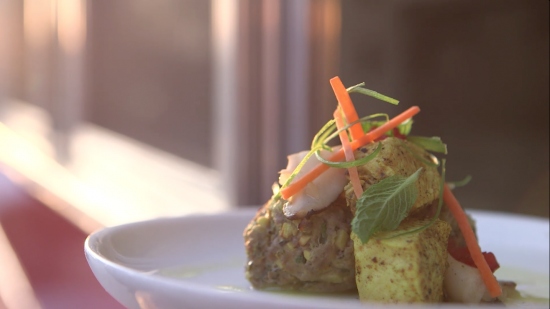
On day three, it was my turn again to create a dish, this time a “burrito.” I chose "Austrian" as an input to the Watson system (because that is likely the last cuisine that we associate with Tex-Mex) and "chocolate" (not for its sweetness, but rather for the fact that it is made up of dozens, if not hundreds, of complex flavor compounds).
The Watson-generated ingredient list included your conventional ground beef, beans and cheese, but also interesting items like vanilla, orange peel, apricot and cinnamon. I was also intrigued by what the system didn’t give us, such as the all-important heat typically provided by chili peppers and other spices. Presented in the conventional burrito form, the dish was a hit, allowing tasters to focus on the subtle flavor combinations and how they interacted.
JB: When it comes to dishes that we had imagined the crowd voting for, the Canadian national dish—poutine—was certainly not among them. But a very enthusiastic group of marketers and designers lobbied hard for the win, so poutine it was. Reimagining poutine was a nerve-wracking challenge. Before we could even run the dish through the system, ICE alumnus and IBM developer Florian Pinel had to teach Watson what a poutine was. This was done by entering poutine recipes into the database, to establish a baseline understanding of the typical ingredients required to make a poutine.

Given how specific poutine's ingredients are (as opposed to, say, a salad or a soup), I wasn’t quite sure what to expect. When we ran “poutine” through the system, I certainly never imagined cauliflower and cumin as options. Among the more familiar ingredients, tomatoes made perfect sense to me.
A southerner born and bred, tomato gravy is one of my favorite toppings for roast quail. That said, I never imagined I'd be standing on the back of a food truck puréeing 5 gallons of tomato gravy with the equivalent a small boat motor. In the end, the poutine was delicious, our Canadian friends were happy, and we were all thrilled to have developed the first ever cognitively created poutine!
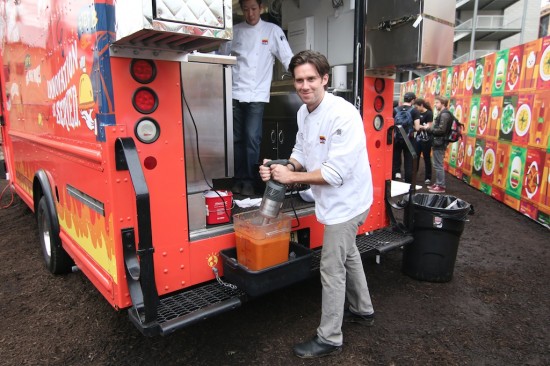
ML: In between talking with the public and helping to plate 500+ portions of each day’s dish, I took to Twitter to try to swing the vote for “pudding”. As a pastry chef, I wanted to make sure that at least one of the dishes we served included dessert. Just in time for one of our last days on the truck, I got my wish—pudding!
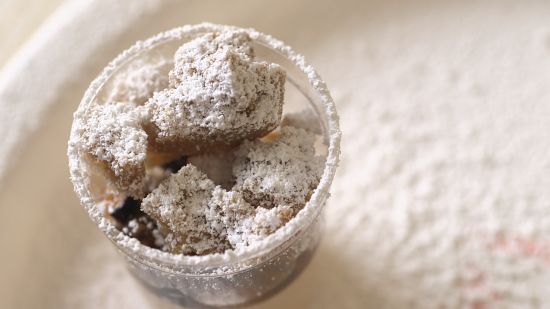
While I’m certainly no stranger to pairing sweet and savory elements in desserts, I wondered how the Watson technology might handle the task. The basic inputs were “Belgian”, “bacon” and “pudding”—but even this pastry veteran was surprised when the system returned mushroom and cumin as ingredients, alongside more familiar items such as honey, walnuts, raisins, and dried figs.
Our tech-savvy SXSW audience was also intrigued, and we sold nearly 600 portions in record time. With such a visible public launch of an influential technology, James and I spent much of our time talking with the press. But it was particularly fun engaging with the average eater off the street, explaining how the cognitive cooking system works and how Watson is helping us to be more creative in the kitchen. The palpable excitement that washes over eaters as they learn and taste makes all of the hard work that goes into such an event well worth the effort!


